The maintenance of painted nails requires both time and effort. Over time, the color and shine of your nails will fade and become damaged. To prolong their appearance and protect them, it is important to follow these small tips:
How to Properly Prepare Your Nails for Painting
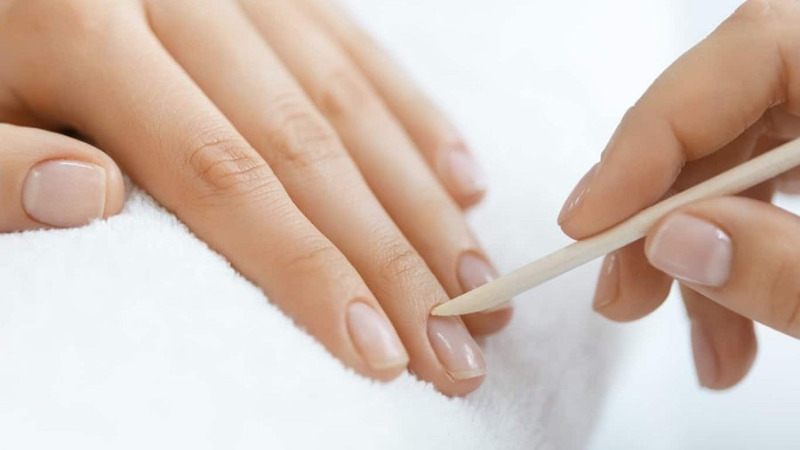
Clean your nails before painting
In order to enhance the lustrous shine and maximize the adhesive qualities of your nail polish, it is important to properly clean your nails before application. This not only promotes longevity of the polish but also ensures a flawless finish.
Ensure that you have thoroughly cleaned your nails by utilizing a cotton swab and white vinegar to remove any old nail polish and dirt. This prepping step is essential in order to achieve optimal results when applying the base coat. By completing this process, the new base layer will firmly adhere to the nail, promoting long-lasting wear.
Trimming Broken Nail and Outer Cuticle Layer
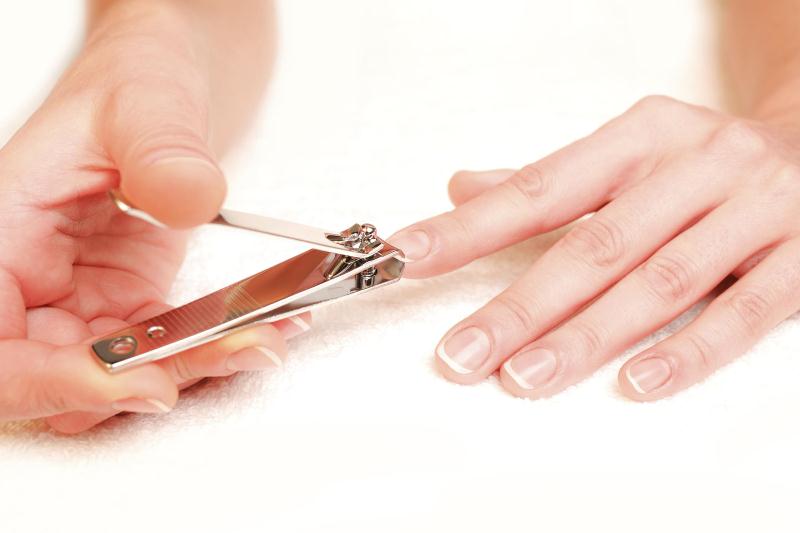
To ensure the health and longevity of your nails, it is important to properly care for and maintain them. This includes removing the rough cuticle layer surrounding the nails and trimming the nail tip as needed. It is crucial to ensure that the cut line is smooth and free of any scratches in order to maintain a polished appearance for a longer period of time.
Furthermore, it is possible to execute the process of filing the nail body to eliminate the previous layer of polish that has caused discoloration.
Warning: Beware of Cracks
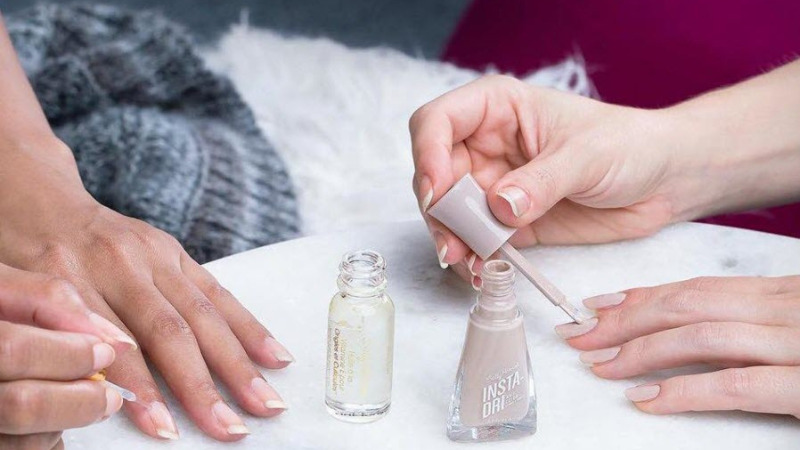 Paint along the edge of the nail first and then paint the inside background
Paint along the edge of the nail first and then paint the inside background
When painting your nails, it is important to consider the edge of the nail and take precautions to prevent scratching and cracking. To achieve this, it is recommended to begin by painting along the edge of the nail and then proceed to paint the inside background. This technique ensures an even distribution of polish, effectively sealing the nails and promoting long-lasting and beautiful nail polish.
“Prepare Your Skin for Makeup with a Base Coat”
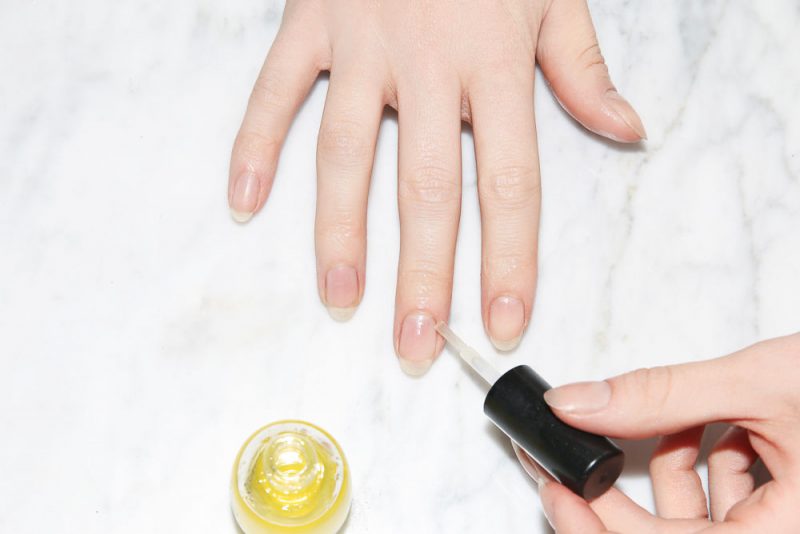
Before applying color, it is recommended to first brush on a layer of base coat. This essential base layer serves multiple purposes, including enhancing the adherence and longevity of the polish, as well as providing added protection to your nails. By creating a barrier between the polish and your nails, the base coat helps minimize the contact of potentially harmful chemicals from the polish.
How to Evenly Apply Polish
It is important to paint the nail tip with precision in order to achieve a thorough coverage of the polish layer, as this area is more susceptible to getting wet and peeling off. Additionally, it is recommended to allow each layer of polish to dry for a period of 5 to 15 minutes before applying the next layer. It is crucial to avoid touching anything when the polish layer is not completely dry.
When selecting a polish color, it is advisable to opt for lighter shades as they can effectively conceal chipping, thereby enhancing the overall appearance.
Do Not Dry Nails Using a Hair Dryer or Blowing
When painting your nails, it is recommended to allow the polish to dry naturally in the air instead of using a dryer or blowing on them. The use of dryers or blowing on your nails can result in loss of shine, dryness, and an increased likelihood of the polish layer peeling off.
Use Mild Soap for Handwashing rather than Hand Sanitizer
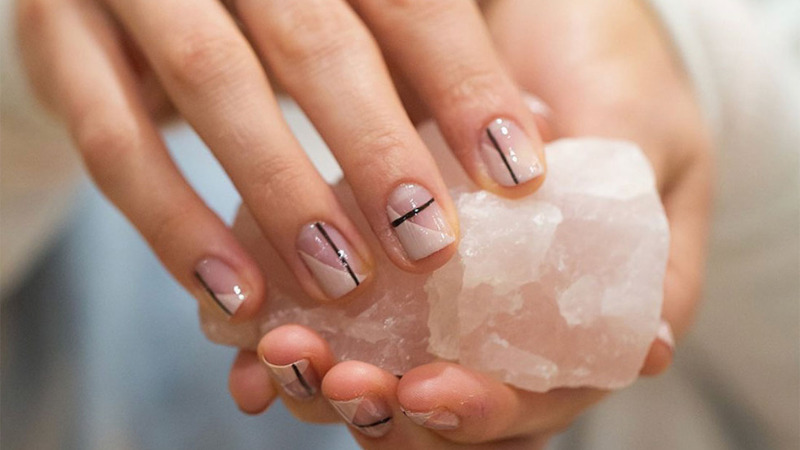 Washing hands with mild soap is recommended over using hand sanitizer.
Washing hands with mild soap is recommended over using hand sanitizer.
To maintain the longevity of your nails and prevent them from becoming dry and brittle, we recommend adopting a simple yet effective practice: substituting the use of hand sanitizers containing strong detergents with a gentle soap when washing your hands. This small adjustment will safeguard against breakage and preserve the integrity of your nail polish application.
Sand and File Nails Before Painting

Sand and file the nails before painting
Sanding and filing the nails is a crucial step in maintaining a clean and polished nail appearance. This process effectively evens out the nail surface without the need for excessive trimming. By doing so, it allows the polish to adhere smoothly and ensures long-lasting wear without any concerns of dryness, peeling, or flaking.
After sanding, it is recommended to use nail polish remover to effectively cleanse the nails. This step is crucial in removing any excess oil from the skin that may have adhered to the nail surface. By doing so, the nail polish will be able to adhere more effectively to the nails, resulting in a better application.
Nine Essential Tips for Limiting Nail Contact with Water
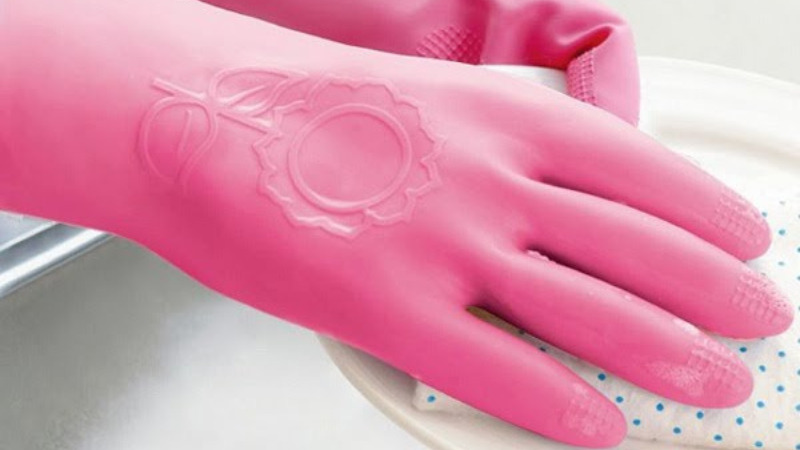
Limit nail contact with water regularly
To ensure the longevity of your nails, it is advisable to minimize their contact with water. While it may be inevitable to expose them to water during activities such as bathing and hygiene practices, precautions can be taken to protect them. Consider wearing gloves while cooking or cleaning the house, as this will help shield your nails from the potential harm caused by water exposure.
Do not Allow Polish to Come in Contact with Your Skin
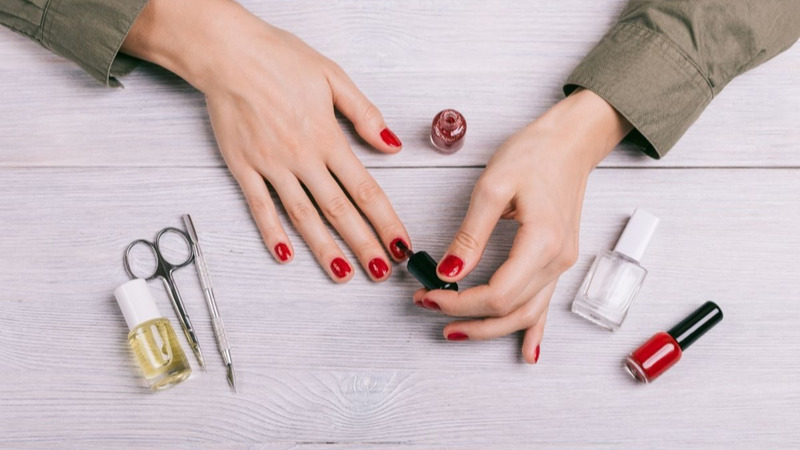
Do not let the polish touch the skin layer
To ensure optimal adherence and longevity of your nail polish, it is advisable to avoid any contact between the product and the surrounding skin. This practice effectively prevents the polish from peeling off prematurely. Whether utilizing regular or gel nail polish, it is recommended to exercise caution by refraining from allowing both the color polish and topcoat to come into contact with the nail area.
How to Apply Thin Layers of Polish
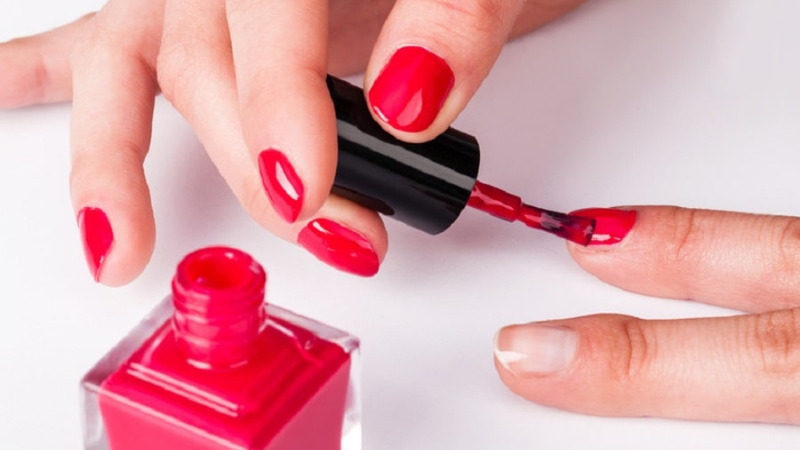
Apply thin layers of polish
To achieve an even and durable nail polish layer, it is advised to apply each layer of polish thinly. This helps expedite drying time and strengthens the overall integrity of the polish.
Reminder: Paint the Edge of the Nail

Do not forget to paint the edge of the nail
It is important to properly seal the edges of nail polish on the nails to prevent it from getting wet and peeling off. When applying nail polish, take care to seal the edge at the tip of the nail. If using colored polish, there is no need to paint the tip of the nail, but the application of a topcoat is necessary.
Do Not Shake the Nail Polish Bottle Before Application

Do not shake the nail polish bottle before using
Hitting or shaking a nail polish bottle does not effectively mix the color but instead creates bubbles in the polish. If you wish to mix the polish before use, it is recommended to evenly roll the bottle in your palm.
How to Use Cuticle Oil to Soften Skin
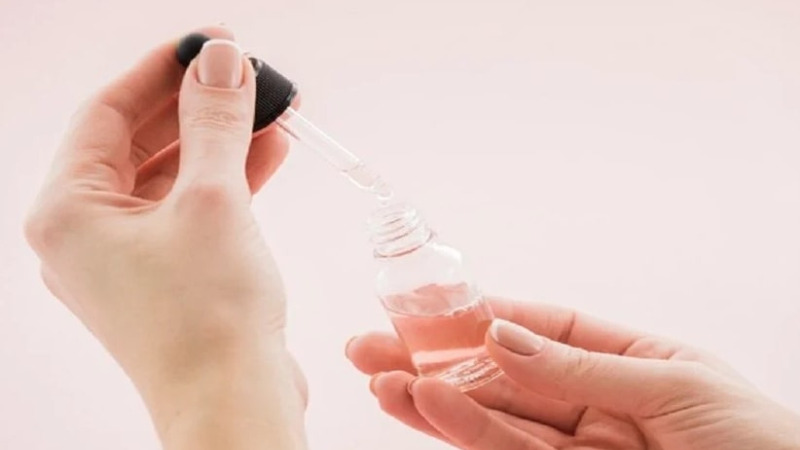
Soften your skin using cuticle oil
Regularly using cuticle oil and hand cream is essential for maintaining soft and hydrated skin around your nails, especially if you have a habit of biting your nails.
Do Not Soak Nails Before Painting
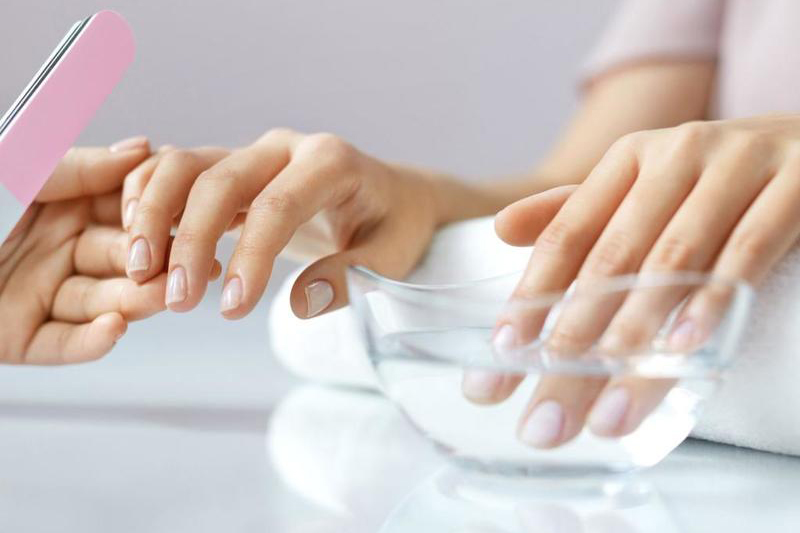
Soaking nails before painting is a common practice in some nail salons. However, this technique can have adverse effects on the quality of the nail polish application. When nails are soaked, the cuticle layer absorbs water, causing it to soften and expand. As the nails dry, they contract, resulting in wrinkled nail polish. To prevent this issue, it is advisable to use cuticle oil instead of water. Cuticle oil helps extend the longevity of the nail polish and enhances its overall appearance.
Painting Another Layer in 2-3 Days
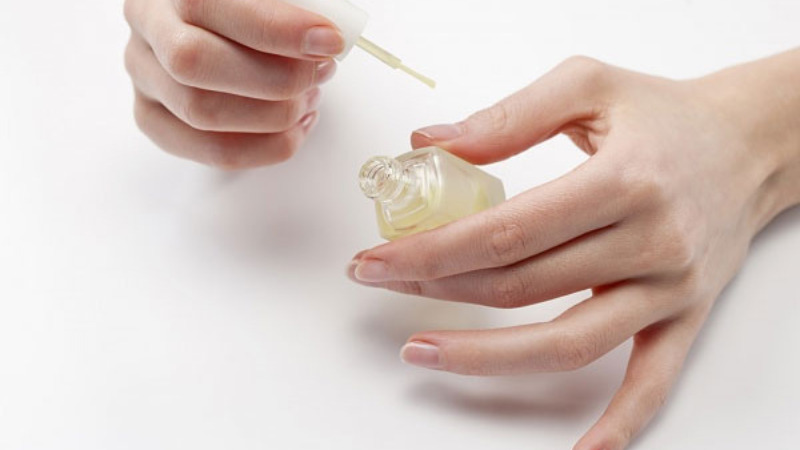 You may paint another layer after 2-3 days
You may paint another layer after 2-3 days
If your nail polish starts to chip within 2-3 days, it is recommended to apply another layer of topcoat to enhance its shine. Additionally, if the polish layer shows signs of being scratched, using this method is also advisable.
Using Cuticle Oil Daily: Benefits and How To
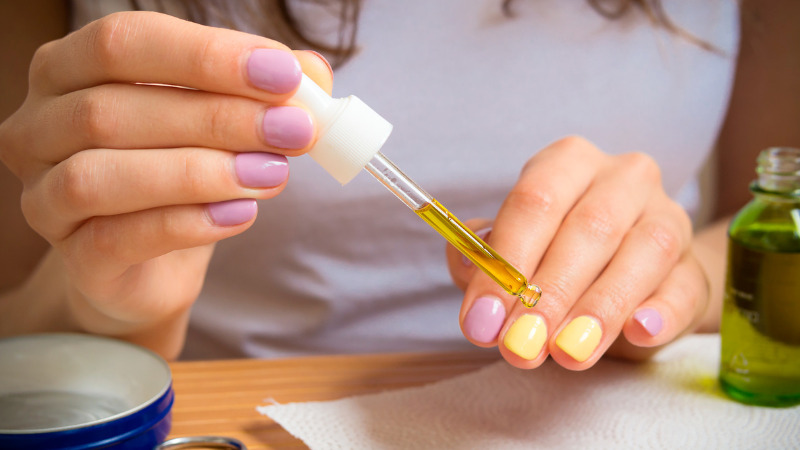
Use cuticle oil daily
Cuticle oil is an essential product for maintaining healthy nails and ensuring long-lasting manicures. By acting as a softener, it effectively prevents the polish from fading and peeling off. Incorporating the regular use of cuticle oil into your nail care routine helps prevent dryness and chapping, contributing to the overall longevity of your polished nails.
“How to Repair Chipped Nails”
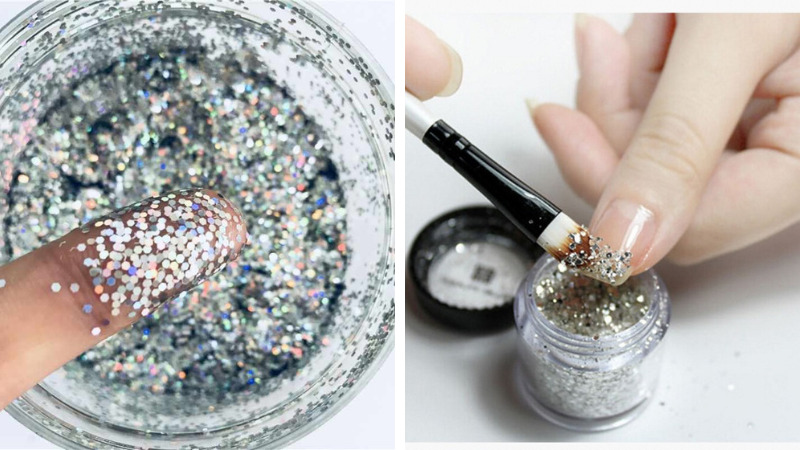
Learn how to fix chipped nails.
If the nail tip becomes cracked or peeled, there is a creative solution to address this issue without immediately removing the polish. Instead, one can opt to paint over the affected area with a different color or embellish it with glitter, resulting in a dazzling and enduring nail polish design.
How to Avoid Smudging Your Nail Polish When Painting a Second Layer

To prevent smudging, it is advisable not to immediately apply another layer of nail polish.
To effectively address smudged nail polish, simply moisten a cotton swab with nail polish remover and delicately eliminate the smudged area. Afterward, proceed to apply an additional layer for a polished and glossy finish.
Protecting Your Nail Polish: Tips for Long-lasting Beauty
If you want your nail polish to stay vibrant and shiny, follow these simple tips:
- Apply a base coat before applying your color. This will help the polish adhere better and last longer.
- Avoid exposing your nails to harsh chemicals or excessive water, as this can cause your polish to chip or fade.
- Wear gloves when doing household chores or any activities that could potentially damage your nails.
- Apply a top coat every few days to maintain the shine and protect your polish from chipping.
- Avoid filing your nails back and forth, as this can cause the polish to peel. Instead, file in one direction.
- Moisturize your nails and cuticles regularly to keep them hydrated and prevent them from becoming brittle.
- If you notice any chips or scratches, touch up the affected areas with a fresh coat of polish.
By following these tips, you can enjoy beautiful, long-lasting nail polish that stays vibrant and shiny for days on end.



































